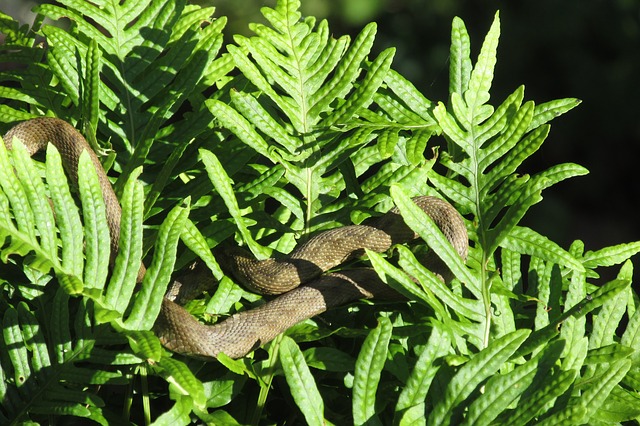The allure of planting vividly colored annual plants can be strong. The problem is that they often don’t do well if there’s any flooding and a drought will elevate your water bill keeping them watered. The solution is installing native Florida flowers that are adapted to survive, and even thrive, in the South Florida conditions. An added bonus is that they require less maintenance.
Black-eye Susan
Salt and drought resistant, it’s a tough wildflower that has a brown center and petals that can be red, yellow or orange.
Beach Sunflower
It likes hot, dry conditions and doesn’t mind coastal areas. It attracts butterflies and the flowerheads follow the sun as it passes overhead. The blooms are yellow, have brown centers, bloom almost year-round, and self-sows.
Coreopsis
Also known as tickseed, it’s a wildflower that sports bright yellow blossoms in spring and summer. It’s drought tolerant and reseeds itself.
Native Orchids
Florida has at least 106 different species of native orchids, with 18 listed as threatened and 58 are endangered. They come in multiple colors and planting them helps preserve native species.
Firebush
Vivid red or orange tubular flowers grow on stalks and the plant is a member of the coffee family. It can be grown as a bush or small tree. They’re essential to pollinators that includes butterflies and hummingbirds.
Purple Coneflower
Also known as echinacea, it’s an endangered Florida wildflower. They’re characterized by pinkish-purple petals and dark centers.
Star Anise
Commonly associated with Asia, there are several species of the shrub that are native only to Florida. It can grow up to 15 ft. tall, with fragrant pinkish, yellow or white blossoms.
Florida Asters
There are 331 species of asters native to Florida. Many are listed as endangered, with 41 only found in the state.
Gaillardia
It’s also known as blanket flower and some studies indicate it was introduced to Florida several centuries ago. The plant made a comfortable home in the state and thrived, providing an excellent source of pollen and nectar for pollinators. Blossoms can be single, double, semi-double or tubular, depending on the species. Blooms are red, yellow or orange.
Contact RCH Landscaping Today for a Free Estimate

